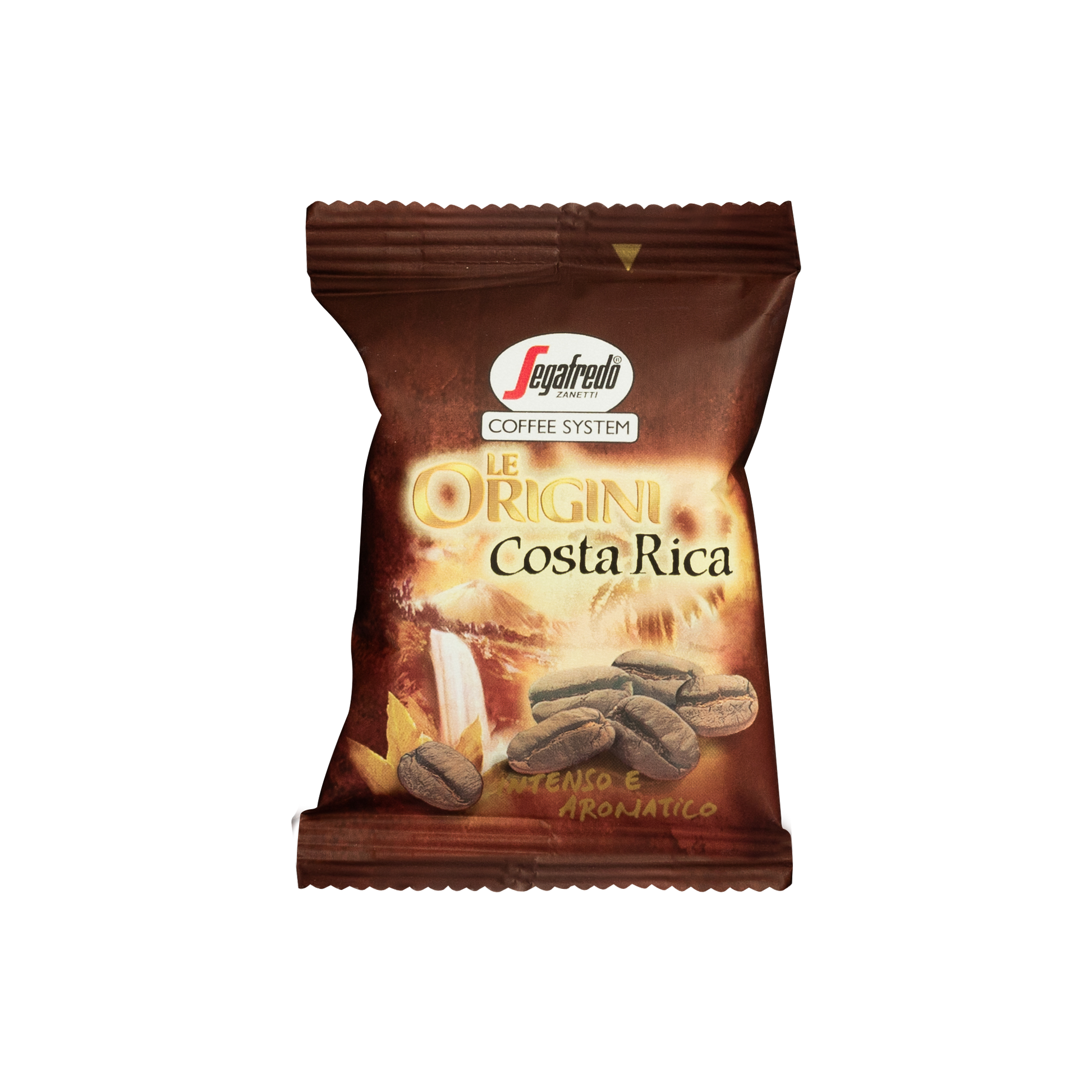A Beginner’s Guide to Understanding SOE Single Origin Espresso
A Beginner’s Guide to Understanding SOE Single Origin Espresso
Blog Article
Understanding Coffee Beans: the Journey From Espresso to Blended Coffee Beans

The Beginnings of Coffee: A Worldwide Viewpoint
While you may think of coffee as a modern-day staple, its beginnings trace back centuries, linking with cultures across the world. The story starts in Ethiopia, where tale says a goat herdsman called Kaldi found the energizing effects of coffee beans after seeing his goats frolicking vigorously after eating them. This triggered rate of interest, leading to coffee's spread to Arab investors that cherished the made beverage. By the 15th century, it reached Persia, Egypt, and Turkey, where coffee shops ended up being social centers for conversation and culture.
As profession courses increased, coffee made its way to Europe in the 17th century, swiftly obtaining appeal. It transformed from a mystical drink into an everyday routine, intellectual exchanges and motivating gatherings. Each culture added its distinct spin to coffee prep work, improving its background. This international trip highlights how coffee links us, going beyond boundaries and unifying varied practices via a simple bean.
Farming and Harvesting of Coffee Beans
As coffee's trip progressed, the emphasis moved to the farming and harvesting of specific bean selections, particularly those used for coffee. You'll find that espresso beans usually originate from Arabica or Robusta plants, each offering unique flavors. The optimal growing conditions include high altitudes and abundant, well-drained dirt, which improve the beans' high quality.
During the harvest, selecting techniques vary. Timing is crucial; you want to collect when the cherries reach peak perfection for maximum flavor.
When harvested, the beans are planned for processing, which is important in establishing their final preference. Comprehending the cultivation and gathering processes offers you insight right into what enters into your preferred espresso, enhancing your gratitude for each and every cup.
Handling Methods: From Cherry to Bean
Since you have actually learnt more about harvesting coffee beans, let's check out how those cherries transform right into the coffee beans you love. You'll see exactly how different harvesting methods influence taste, followed by the crucial steps of fermentation and drying out. Ultimately, we'll break down the milling and grading process that establishes your coffee's quality.
Gathering Strategies Discussed
When it comes to coffee, comprehending harvesting methods is necessary, considering that they straight affect the flavor and high quality of the beans you delight in. Careful picking involves hand-picking just ripe cherries, guaranteeing you get the best quality beans. Ultimately, the selection of collecting method can considerably influence your coffee experience, so it's worth knowing how those beans made it to your mug.
Fermentation and Drying Out
After gathering, the next action in handling coffee beans play a substantial function fit their flavor. You'll discover that fermentation is crucial, as it assists break down the mucilage surrounding the beans, enhancing their preference profile. Depending on the approach, this procedure can last from a couple of hours to several days, with differing outcomes based upon temperature and humidity.
Sun-drying permits the beans to absorb tastes from the environment, while mechanical drying out warranties constant dampness levels no matter of weather. Appropriate drying out is vital to prevent mold and maintain the beans' quality, eventually affecting your cup of coffee.
Milling and Grading Process
As fermentation and drying out established the phase for flavor development, the milling and grading process guarantees that only the finest coffee beans make it to your mug. This phase involves getting rid of the outer layers of the coffee cherry, including the parchment and husk. Top notch beans receive a greater quality, resulting in a richer coffee experience.
Roasting Techniques: Opening Flavor Prospective
When you roast coffee beans, the technique you select can substantially influence the taste account. Recognizing the connection between time, temperature, and roasting techniques is key to disclosing the possibility of your mixture. Allow's check out how these elements integrated to develop the excellent mug.
Roasting Techniques Explained
While you could think that all coffee toasting methods produce the exact same results, the reality is that each strategy exposes one-of-a-kind flavor capacities in the beans. Drum roasting uses a revolving drum to evenly distribute warmth, improving caramelization and generating a balanced flavor. Air roasting, on the various other hand, flows hot air around the beans, advertising a lighter roast with obvious acidity.

Influence On Taste Profile
Different roasting techniques not just influence the procedure however additionally significantly influence the flavor profile of the coffee beans. Dark roasts, on the other hand, bring out bold, smoky flavors, often covering up the bean's distinct qualities. Comprehending these subtleties aids you value the virtuosity behind your mug Continue of coffee, boosting your general experience with every sip.
Time and Temperature Variables
To launch the complete taste capacity of coffee beans, both time and temperature throughout the toasting process play significant roles. When toasting, you'll discover that higher temperature levels can promptly establish flavors, but if you hurry it, you may wind up with scorched notes. On the other hand, lower temperature levels enable for a much more gradual taste advancement, showcasing the beans' unique features.

Timing is just as important; prolonging the roast also long can cause a loss of acidity and illumination, while also short a roast could leave the beans underdeveloped. Finding that pleasant spot calls for method and testing. By adjusting these aspects, you can disclose the rich, intricate tastes hidden within each bean, developing a truly exceptional coffee experience.
The Art of Mixing: Crafting Distinct Coffee Accounts

Beginning by picking a base coffee that offers a solid structure. After that, choose complementary beans to improve details taste notes. A brilliant Ethiopian bean can bring fruitiness, while a rich Brazilian coffee adds body. Experimentation is essential-- do not hesitate to readjust ratios till you discover your perfect profile.
As you blend, keep in mind that each combination informs a tale. You're not simply making coffee; you're producing an experience. So, take your time, preference often, and take pleasure in the journey of finding your signature mix.
Developing Techniques: How Prep Work Influences Taste
Blending coffee opens up a domain of taste opportunities, however how you make that mix can significantly influence your last mug. Different developing approaches draw out distinct tastes and scents, so it's vital to select wisely. A French press allows sediments and oils to remain, developing an abundant, full-bodied experience. On the various other hand, a pour-over highlights the coffee's clearness and illumination, best for showcasing delicate notes.
Coffee, with its high pressure, generates a concentrated shot that emphasizes sweet taste and crema. If you choose a lighter mixture, think about a cool brew approach; it generates a smooth, less acidic preference.
Ultimately, trial and error is key. Changing variables like water temperature level, grind dimension, and brew time can change your coffee's account. Welcome the art of brewing to find the tastes hidden in your coffee blends. The right technique can boost your experience to new heights.
The Future of Coffee: Sustainability and Technology
As the coffee industry progresses, sustainability and technology are becoming necessary for addressing environmental obstacles and conference consumer needs. You'll notice that even more coffee firms are taking on environment-friendly techniques, from sourcing beans morally to implementing sustainable farming strategies. These changes not only help the world however additionally enhance the high quality of the coffee you take pleasure in.
You might see advancements like biodegradable packaging and water-saving brewing techniques that minimize waste. Advanced modern technology, such as blockchain, is additionally becoming popular, ensuring transparency in the supply chain, which allows you to trace your coffee back to its origins.
Additionally, investing in regional neighborhoods and sustaining farmers through fair profession campaigns cultivates a much more sustainable coffee environment. straight from the source As you sip your next mug, remember that your choices can contribute to a brighter future for coffee. By choosing for sustainable brands, you're not just taking pleasure in a drink; you're making a positive effect on the world.
Often Asked Questions
What Is the Difference In Between Arabica and Robusta Beans?
Arabica beans are smoother, sweeter, and have a greater level of acidity, while robusta beans are stronger, more bitter, and have even more high levels of caffeine. You'll discover these differences in taste and scent when brewing your coffee.
Just How Does Altitude Affect Coffee Bean Taste?
Elevation impacts coffee bean flavor considerably. Greater elevations create beans with brighter acidity and complicated flavors, while lower elevations commonly yield beans that are much heavier and less nuanced. You'll observe these distinctions in your cup!
What Are the Wellness Advantages of Alcohol Consumption Coffee?
Drinking coffee can improve your power, improve psychological emphasis, and even improve physical efficiency. It's rich in anti-oxidants, might reduce the threat of certain illness, and can advertise a healthier metabolic process when eaten in moderation.
Can Coffee Beans Be Reused for Developing?
Yes, you can recycle coffee beans for brewing, however the taste could be weaker. If you take pleasure in trying out, try reusing them in various means, like cold look at this web-site brews or adding to smoothie mixes for an extra kick.
Exactly how Should I Shop Coffee Beans for Quality?
To keep your coffee beans fresh, store them in a closed container in a great, dark area. Avoid subjecting them to warm, wetness, or light, as these aspects can promptly degrade their flavor and scent.
Recognizing Coffee Beans: the Journey From Espresso to Blended Coffee Beans.
Now that you've discovered regarding gathering coffee beans, allow's discover just how those cherries transform right into the coffee beans you like.When you roast coffee beans, the approach you pick can drastically affect the flavor profile - Single Origin Espresso.While you might think that all coffee roasting techniques produce the same results, the truth is that each technique discloses unique taste possibilities in the beans.Various toasting techniques not only influence the procedure yet additionally considerably influence the flavor profile of the coffee beans
Report this page